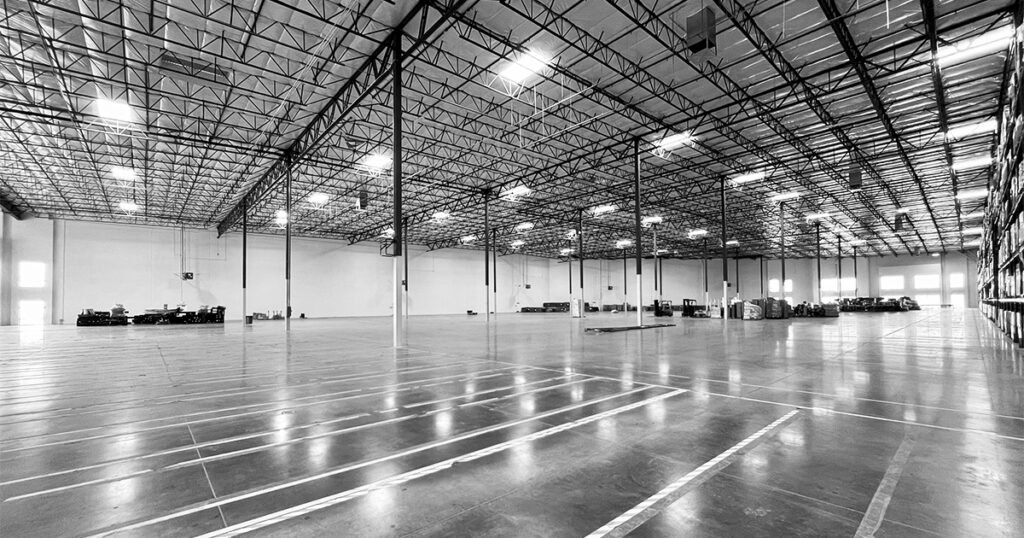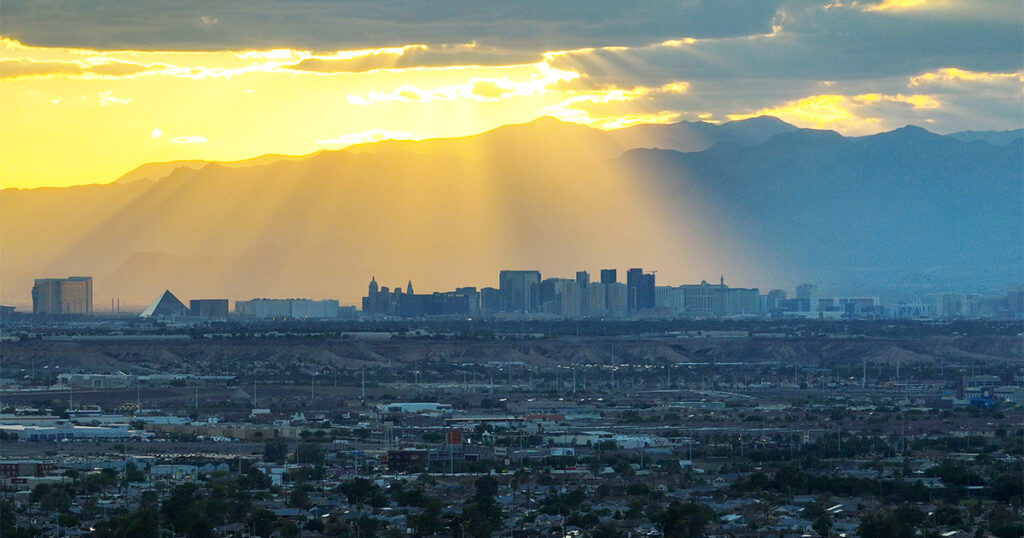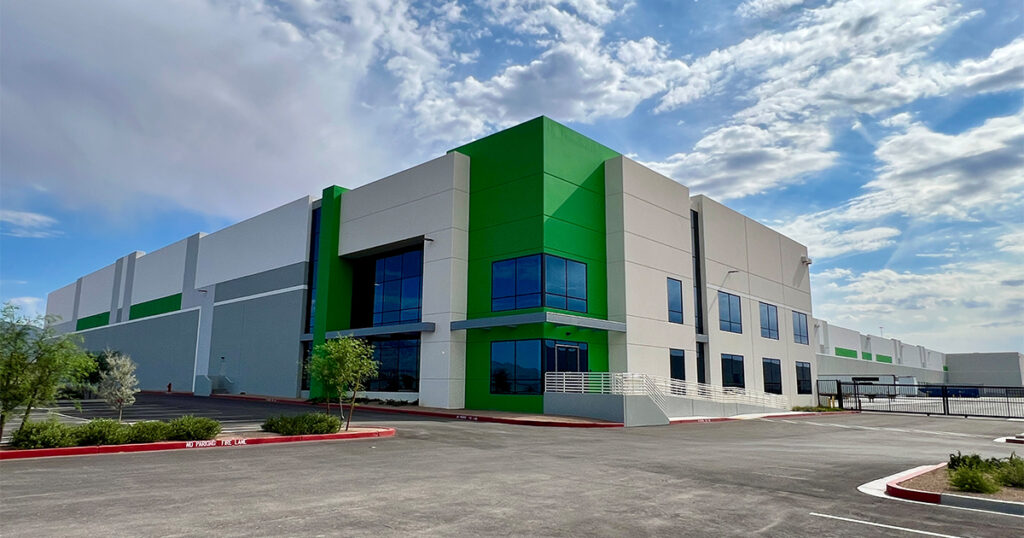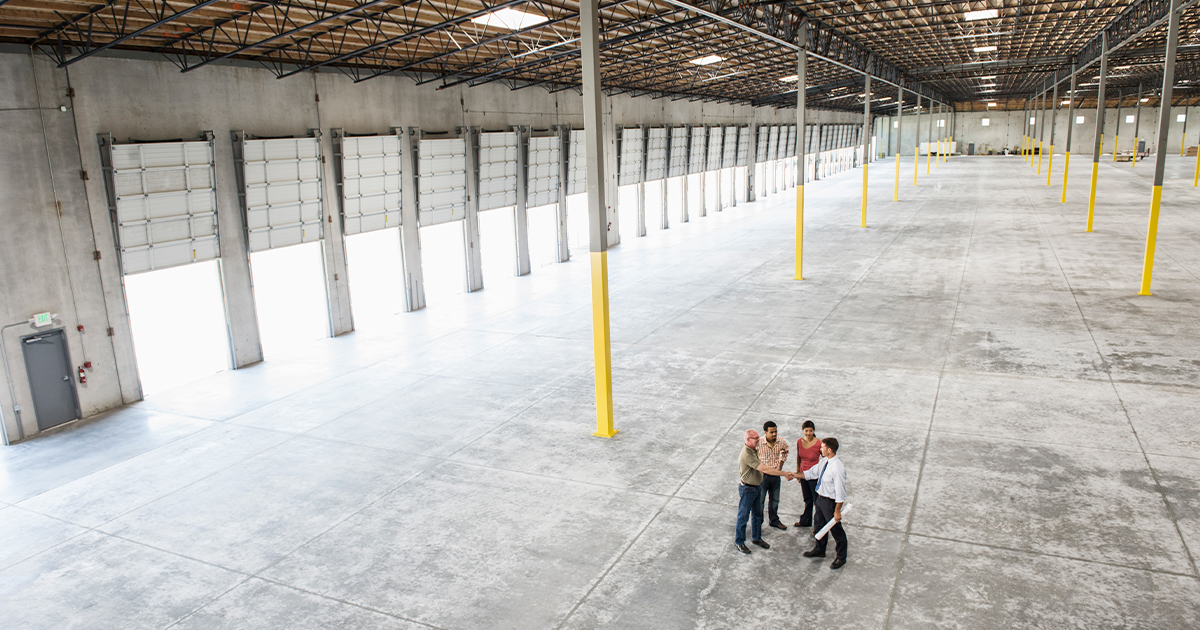By The Barashy Group | Contact us to discuss your investment goals | info@barashy.com • (702) 325‑9673
The Las Vegas commercial real estate (CRE) market may be best known for retail, hospitality, and office properties, but there’s a less flashy sector making big waves: industrial real estate. Thanks to booming e-commerce demand, rapid infrastructure expansions, and a growing regional economy, Las Vegas is emerging as a key distribution and manufacturing hub for the entire Southwest. Below, we break down the top drivers behind this industrial surge—and how property owners can capitalize.
1. Last-Mile Distribution & E-Commerce Growth
Online shopping continues its upward trajectory, and companies need faster, closer-to-customer distribution solutions. Las Vegas—strategically positioned near Southern California and key Western markets—has become prime ground for new fulfillment centers and warehouses. This last-mile demand creates compelling opportunities for CRE investors seeking stable, long-term tenants.

2. Modern Warehouse Specs & Tenant Expectations
Today’s industrial tenants expect advanced facilities with high clear heights, efficient HVAC, robust sprinkler systems, and green features to reduce energy costs. Property owners who invest in modernizing or building up-to-date space can command premium rents and attract top-tier brands looking for a well-appointed base of operations.

3. Infrastructure Improvements & Strategic Location
Local agencies are expanding industrial zoning and investing in highways, rail access, and utilities—especially around Henderson and North Las Vegas. These improvements boost property values, help streamline logistics, and draw national firms seeking more efficient supply chains. With each new project, Las Vegas cements itself as a transport hub to watch.

4. Sustainability & Green Building
Corporate sustainability commitments mean tenants are increasingly seeking eco-friendly warehouses with solar, LED lighting, and insulated designs. Going green also opens doors to ESG-focused investors and tax incentives that can reduce your cost of ownership—making sustainability a competitive advantage for landlords.

5. Healthy Investor Confidence
Low industrial vacancy rates, favorable cap rates, and a stable economic forecast have caught the attention of institutional funds, private investors, and 1031 exchange buyers. The result? Robust liquidity in the industrial space and a brisk pace of transactions. As the city continues to diversify beyond tourism, industrial properties remain a relatively safe bet in the local CRE market.

Key Takeaways
- E-commerce drives demand for last-mile distribution centers in Las Vegas.
- Modern warehouse specs and sustainability measures are increasingly critical for attracting quality tenants.
- Infrastructure improvements expand industrial zones and raise long-term property values.
- Investor confidence remains high, fueled by consistent tenant demand and stable returns.
Las Vegas’s industrial real estate market shows no signs of cooling off soon. Whether you’re a property owner looking to optimize your warehouse space, or an investor considering an expansion into the industrial sector, staying on top of these market shifts will help you make smarter decisions.
Ready to Explore Industrial Opportunities?
Sign up for our monthly Property Pulse at barashy.com/propertypulse
Don’t wait to reach out to The Barashy Group to discuss your next move in the booming Las Vegas industrial market!
info@barashy.com | (702) 325‑9673.
About The Barashy Group
We’re a leading commercial real estate advisory firm based in Las Vegas, serving clients across all major CRE asset types. Our insider knowledge of the local market—combined with a focus on building long-term client relationships—positions us to help investors and owners thrive in this ever-evolving city.

